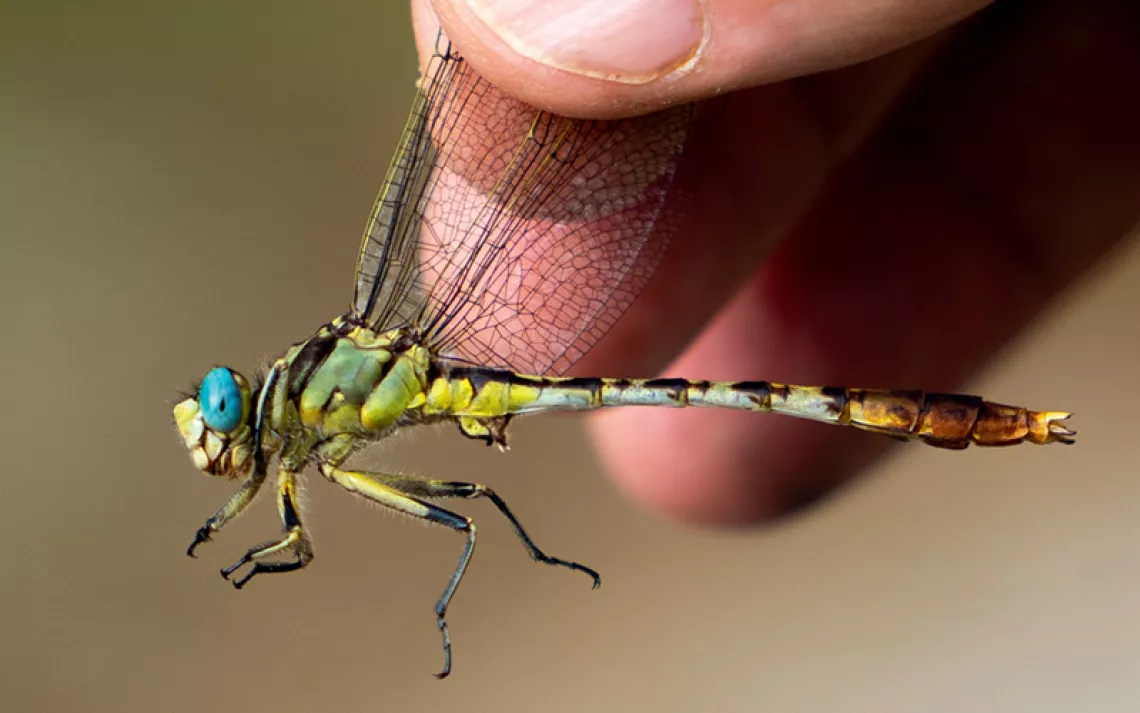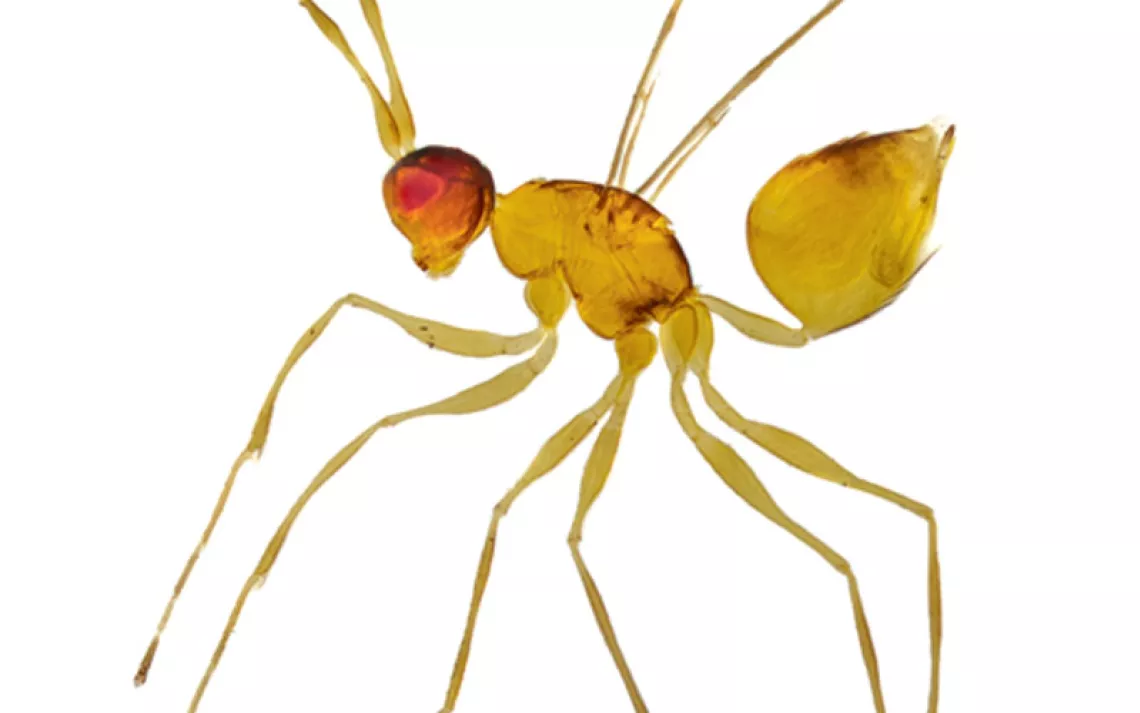Ready, Set, Panic: Homicidal Hornets

Illustration by John Ueland
If you hear an angry buzz while walking in the woods in China's Shaanxi Province, resist the urge to run; attracted by rapid movement and human sweat, the thumb-size Asian giant hornet, officially known as Vespa mandarinia, can fly at speeds of up to 25 miles per hour (10 mph faster than the average hornet). When they catch you--and they will catch you--they sting repeatedly, leaving craters the size of bullet holes and potentially causing organ failure or anaphylactic shock with their potent venom. Swarms of these insects killed 42 people and injured more than 1,600 last fall in China.
Asian giant hornets build their nests underground or in hollow trees, making them hard to spot until you've already ticked them off. Urbanization and global warming seem to have combined last year to create an epidemic of attacks, most of them clustered around the Shaanxi city of Anqing. Average winter temperatures there have risen 2*F in the past few years, allowing more hornets to survive the winter and breed successfully come spring. People are also moving into once-remote areas where the insects live. The Chinese government is now sending eradication teams into the countryside to burn hornet nests.
Even more at risk than humans are honeybees. Asian giant hornets like to feed bee larvae to their offspring, and frequently attack bee colonies. While some Asian bees are evolving defenses against them, European bees have none. That's causing concern in France, where another Asian hornet, Vespa velutina, was brought into the country in a pottery shipment. It is now firmly established and preying on already stressed local honeybee populations.
 The Magazine of The Sierra Club
The Magazine of The Sierra Club



